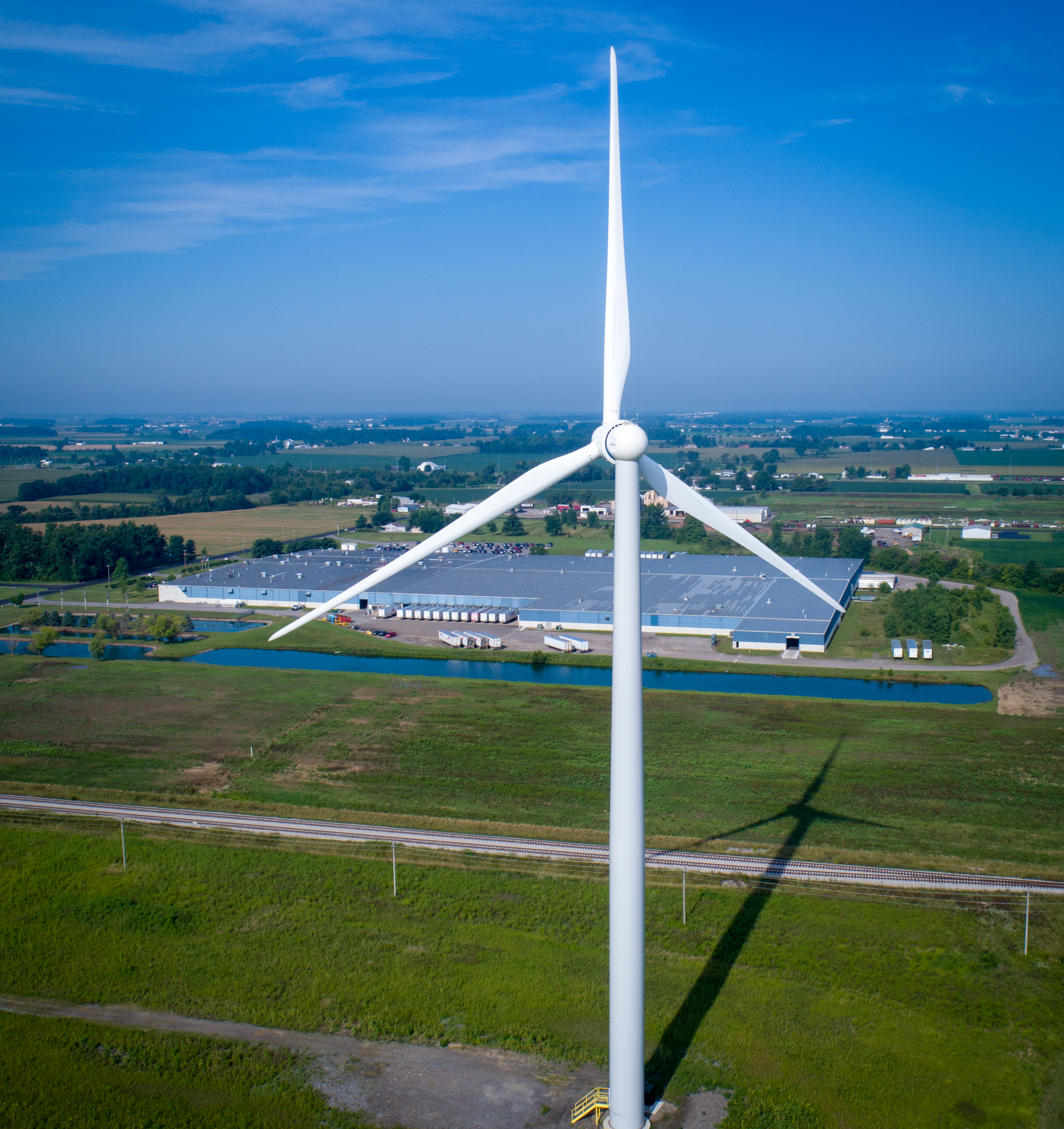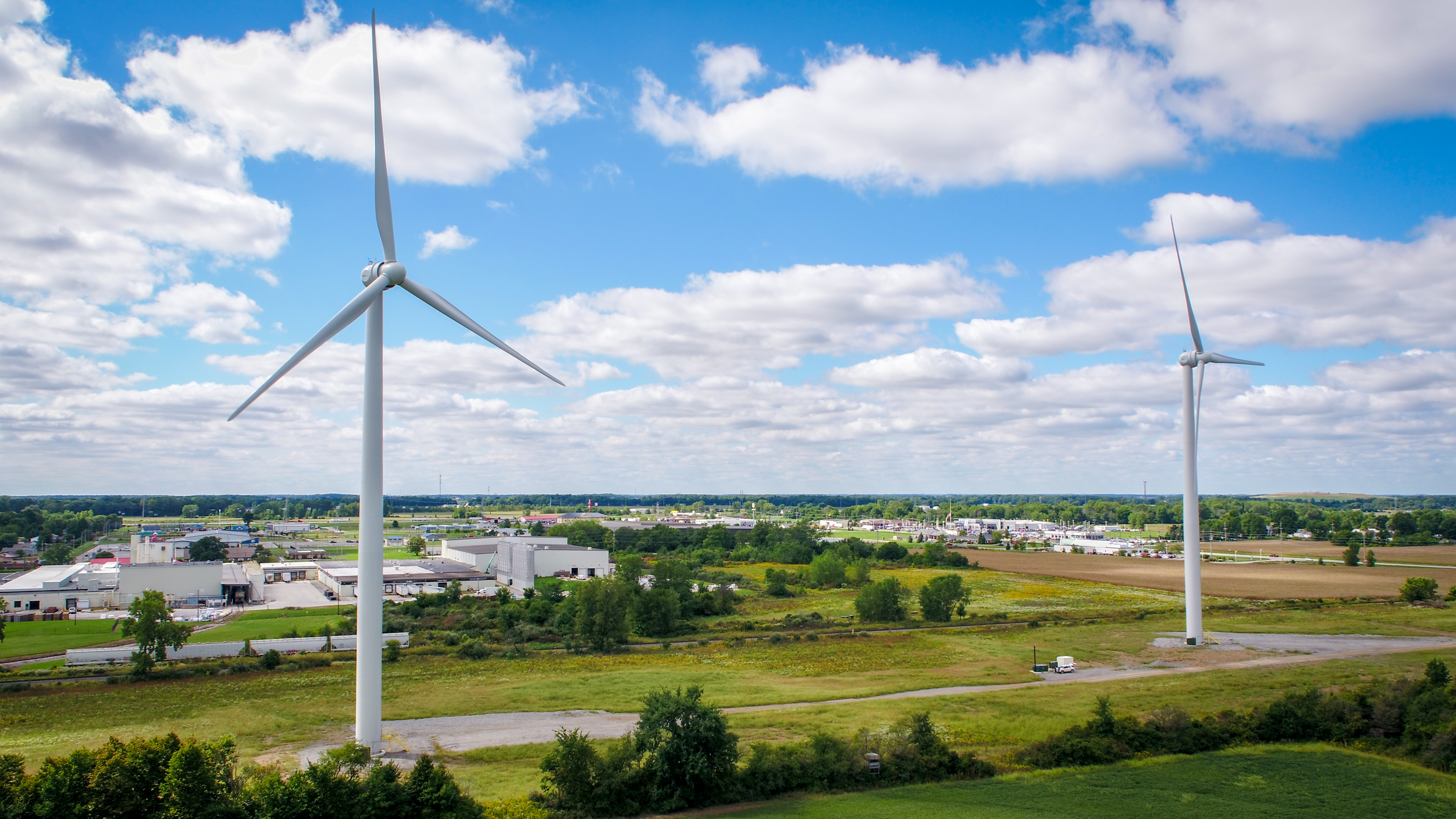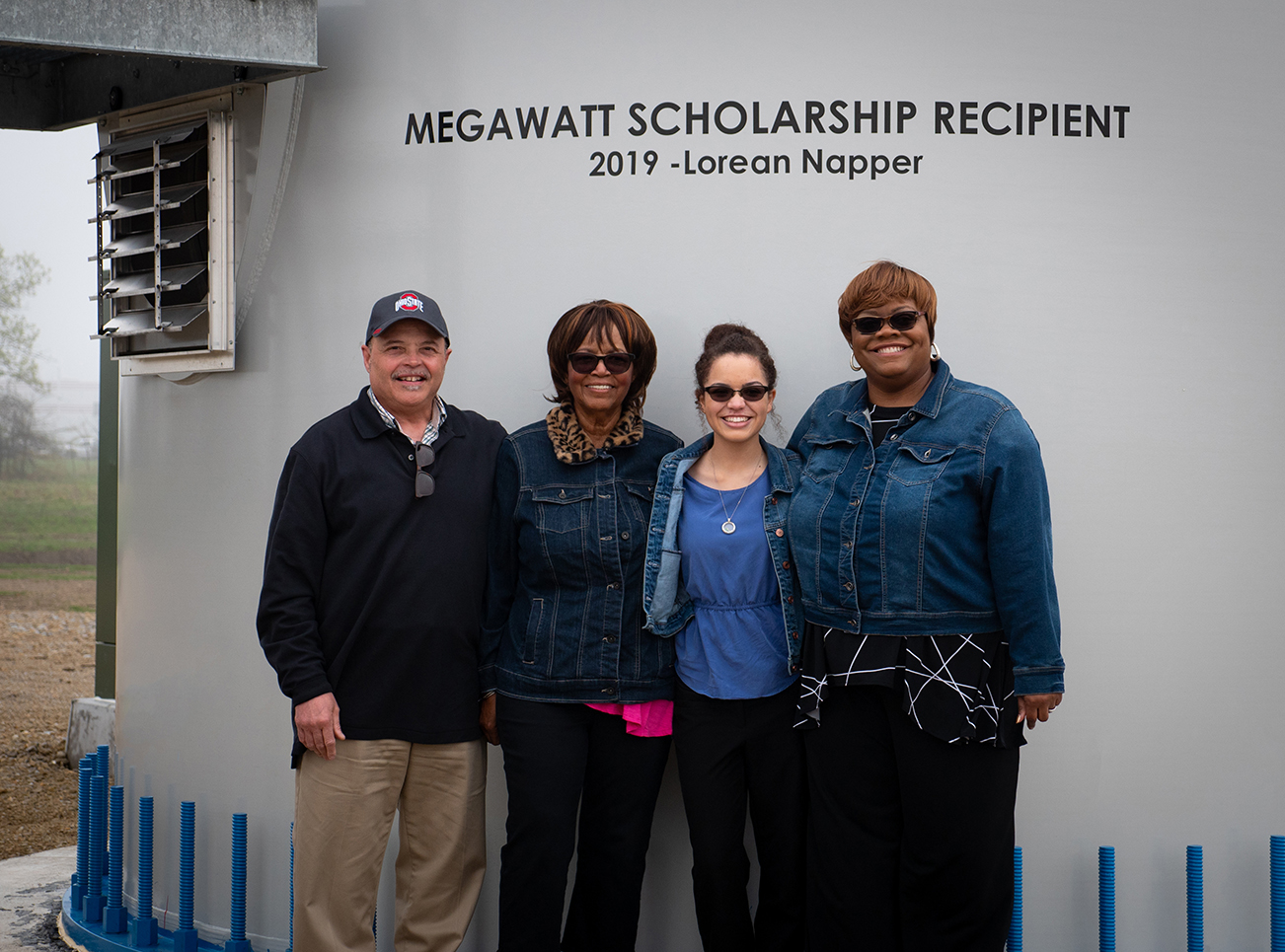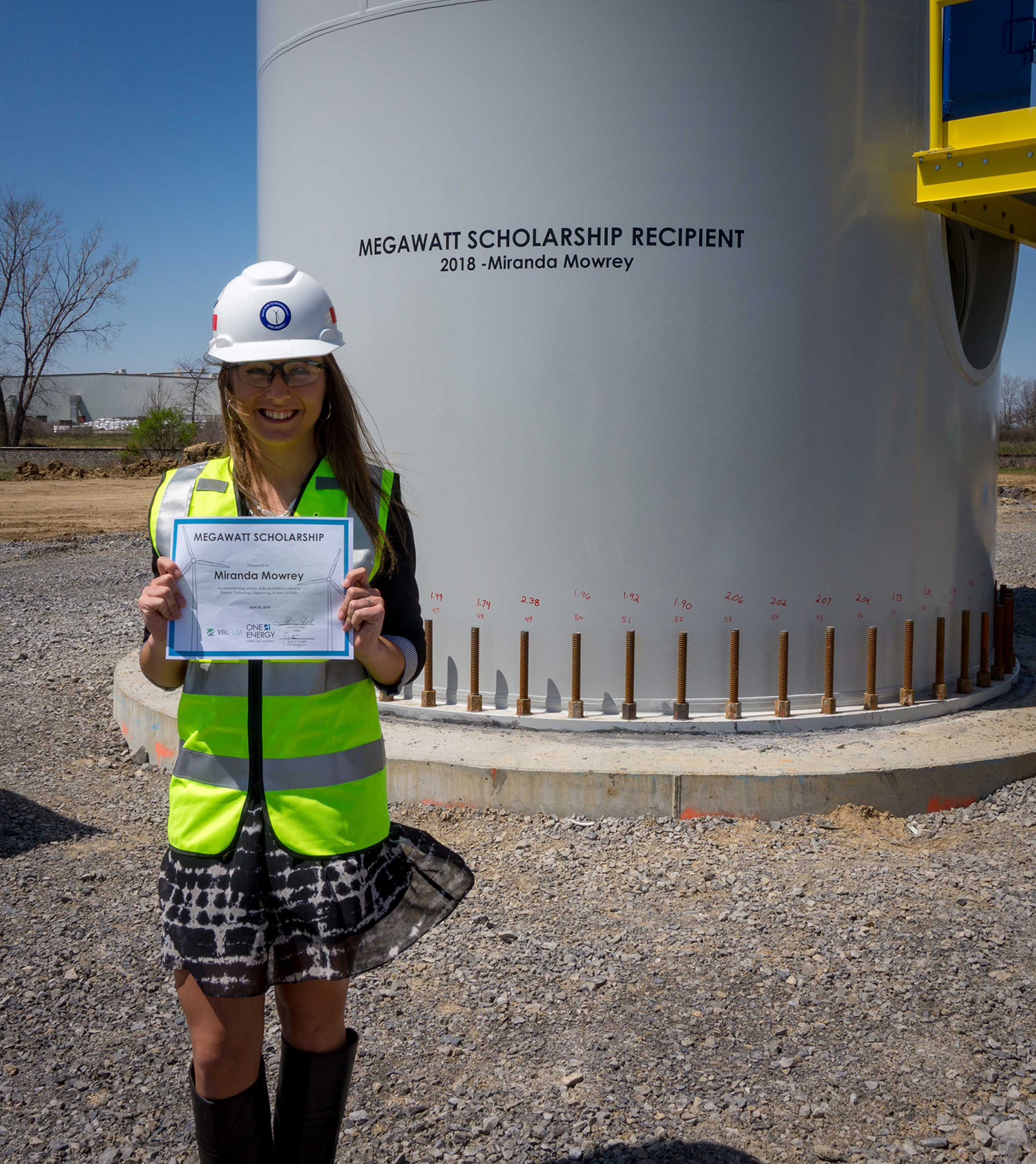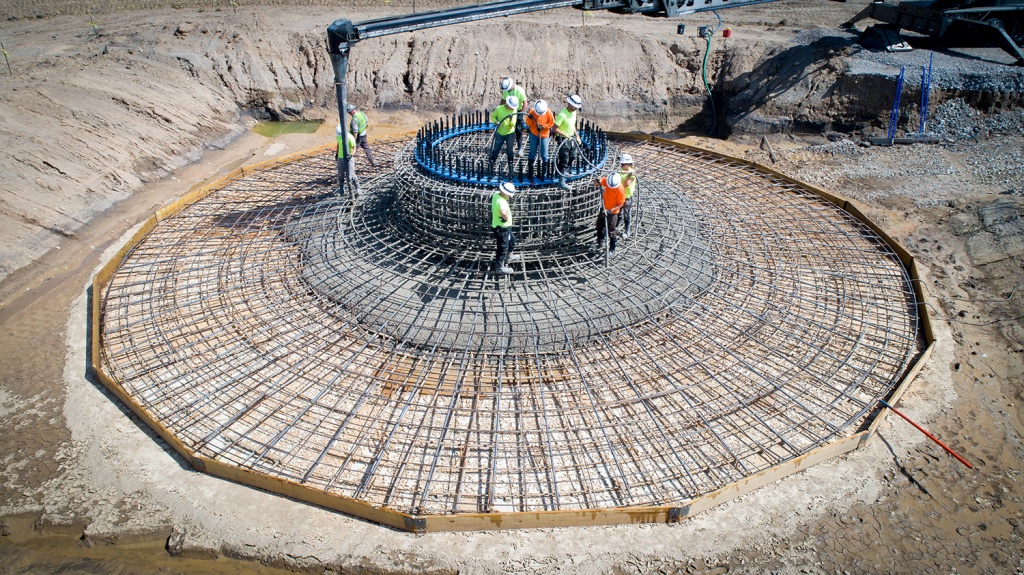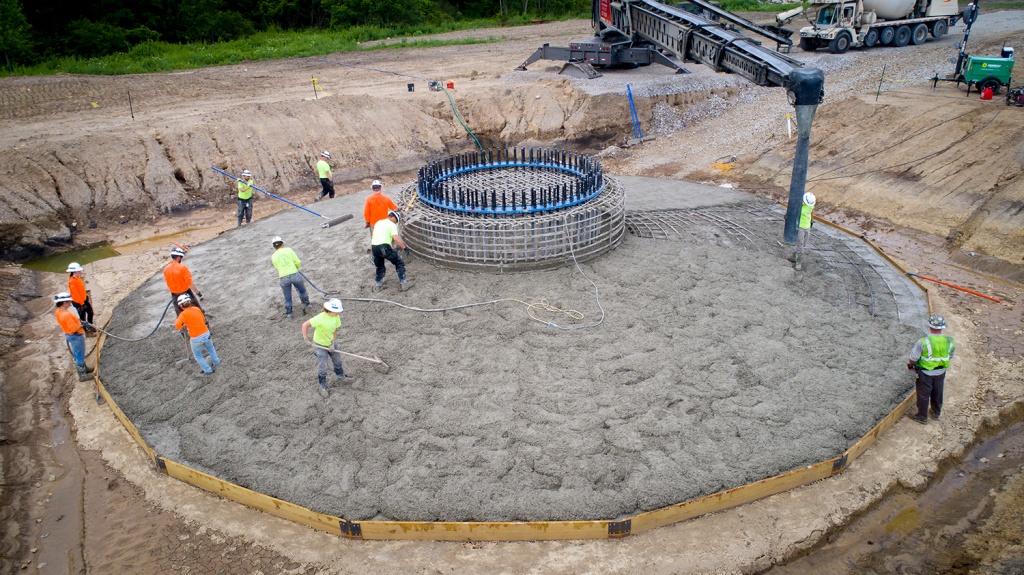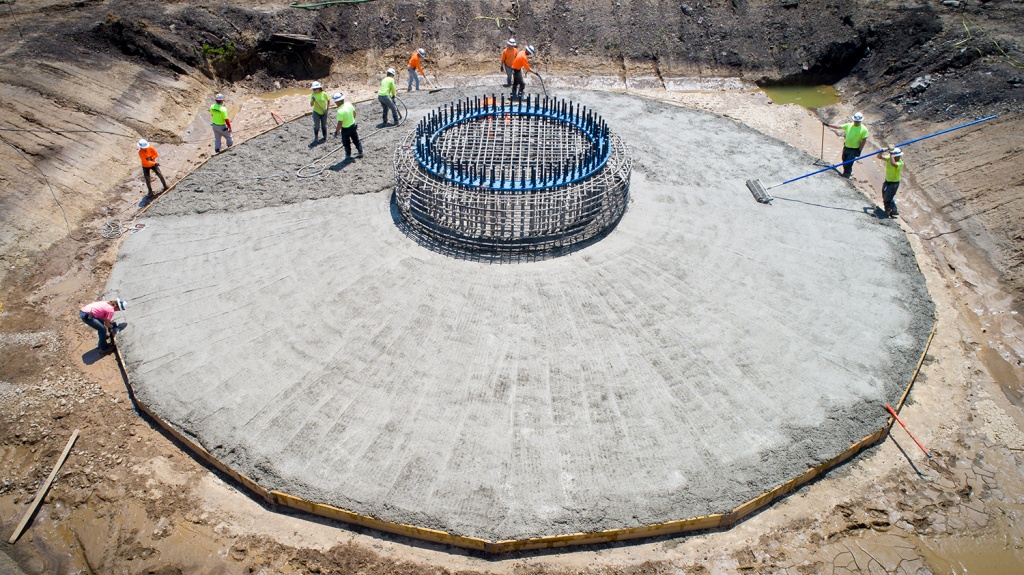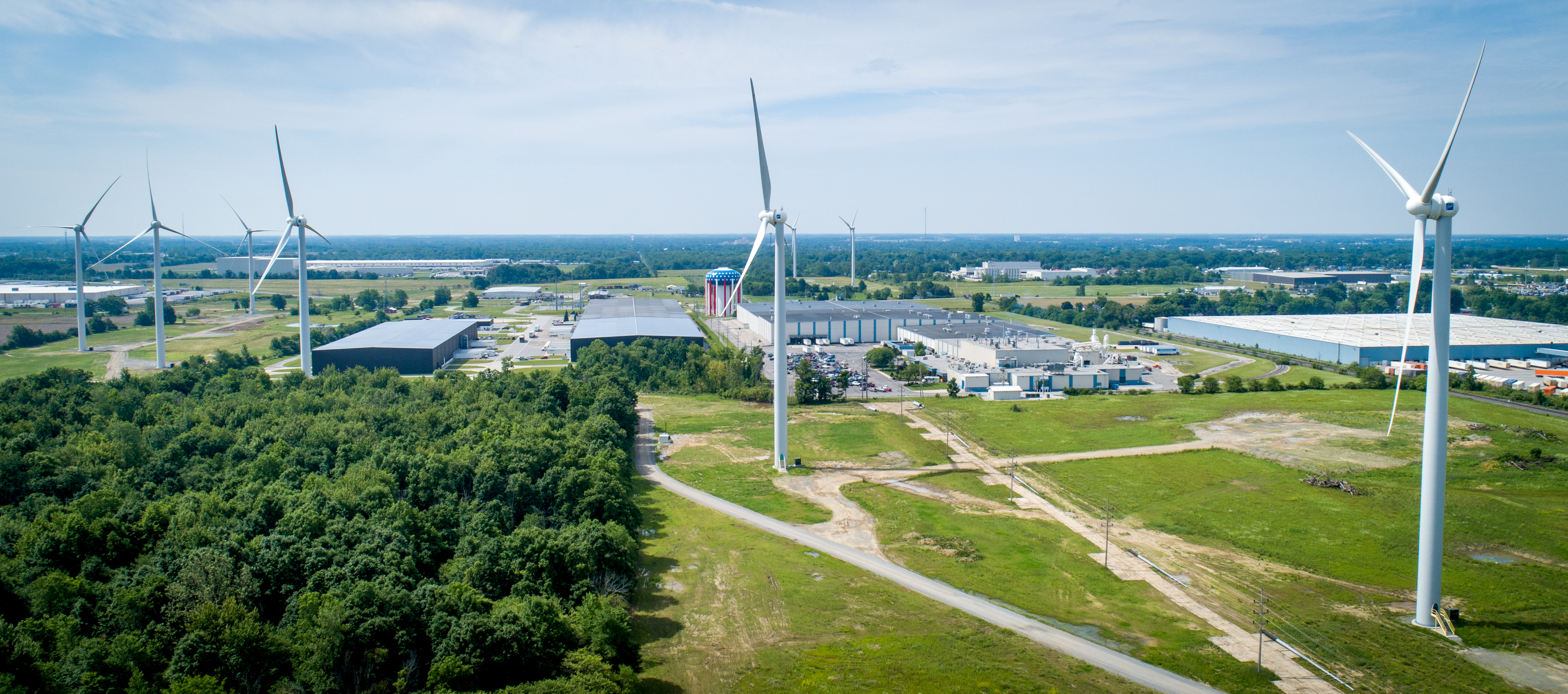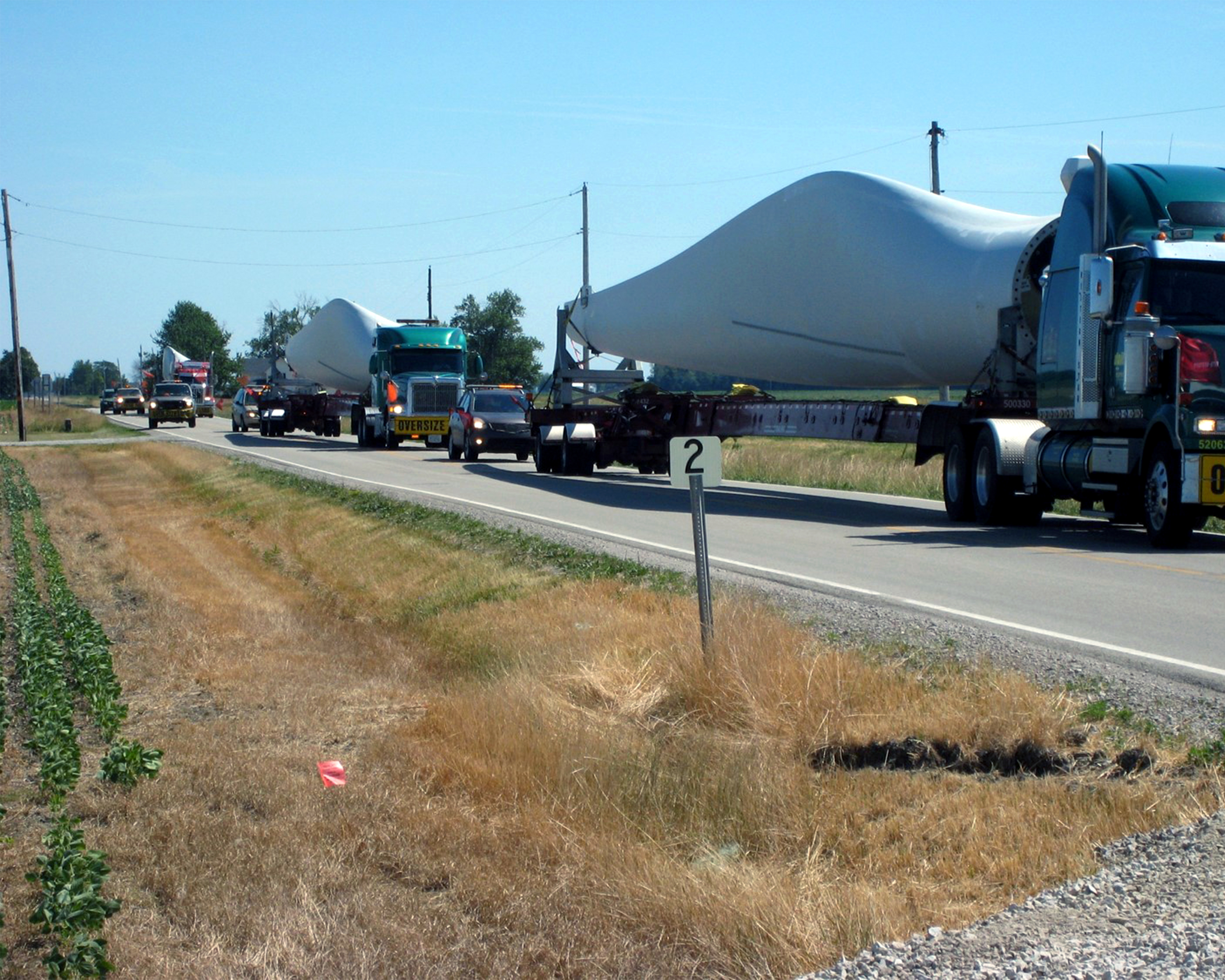Just write the first draft. Then, expect your coworkers to trash it. These are the first two steps my team and I take when producing written communication pieces, and we believe it leads to great results.
Typically, there is far too much group discussion in the abstract stage. Groups are great for theory and horrible for execution. Writing by group is nonsense. After some initial philosophical chat on what the document should be, I have found that the best thing to do is have one person take the first pass on their own.
One thing is certain when the first draft is done: it is not the way everyone else would have done it. This begins the “robust feedback” (trashing) process. If everyone, including the author, is willing to engage candidly in the feedback process, the document can quickly transform and improve. The resulting document is usually better than any one of the team members would have written on their own.
This process is fraught with issues, however, and it has taken time to find what works for us. These are the tricks we’ve learned along the way:
- Don’t fall in love with the first draft.
Know from the beginning that the document is going to be trashed. That does not mean you don’t put in your best effort, but it does mean that you don’t get attached to the document as is.
- Have one person own the document.
Someone must be in charge. It may be the highest-ranking person on the team, it may be the technical expert on the topic, or it may be the person with the functional responsibility for the document. Whoever it is, there must be a committee of one who makes the call as the document goes through the iteration process. Teams are great for ideas and horrible for finalization. Individuals finalize things.
- Ignore nuance in round one.
People tend to focus on grammar, word choice, and subtleties in the first round. It is a generally a waste of time until the document has been honed. The first draft is often substantially changed, and the nuances that people spent time on become moot. Save grammar and word choice for one or two detail-oriented people at the end.
- Vary the sacrificial lamb.
No one likes being the person to write the first draft. But it is a necessary part of the process. Alternating first draft authors not only shares the burden, it also sets the tone. As much as the document evolves, you can almost always see the first draft’s soul live on. It’s good for all team members to know the feeling of having their document trashed. It makes them better when they are editing other peoples’ documents.
- Don’t worry about credit.
The glory belongs to the company, not the individual. If everyone can align on that, then the process works great. If people are jockeying for credit, things quickly go awry. Often there is strategic value for the company in deciding who the named author is, and that strategic value should govern.
- Be willing to trash your own work.
After you hear other opinions, yours will often evolve. Go with it.
- Encourage new team members to go through the process.
Colleges have done a horrible job preparing students to efficiently collaborate. They focus on participation, credit, and “group decision-making skills” (whatever those are supposed to be). In the for-profit world, we need the best result as fast as possible while utilizing as few company resources as possible. As the saying goes, time is money. We are perfectly comfortable using the time of one employee to revise a piece before we spend time on it as a team.
So, as you read this Executive Thought and think about how you would have done it better, that is a good thing. In this case I own this document, so I decided how to get my point across. But, don’t think for a second that we don’t go through the same process I describe above, even on an Executive Thought.
Jereme Kent is the CEO of One Energy.
Learn more about Jereme and the One Energy team.

































